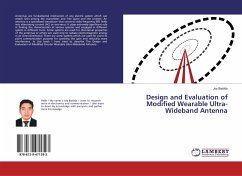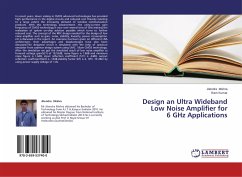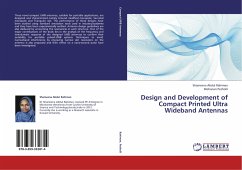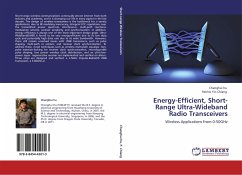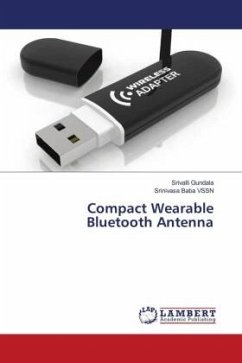Ultra Wideband (UWB) technology has received recently, a plenty of attention from wireless research community due to its attractive features of high data rate and efficient bandwidth utilization by spectrum overlaying using transmitted power control. Restrictions on the transmitted power by FCC to simultaneously allow other communications in 3.1-10.6 GHz band make UWB a technology of choice for wireless indoor and wearable applications such as room automation and WBAN etc. Antenna is an integral part of all wireless communication devices used in these applications and in fact is a bottleneck component due to its filtering action during transmission and reception. The aim of this research work is to design and implement a band notched ultra wideband antenna for wearable and indoor applications. Therefore, to make antenna appropriate for these applications, it is required to be small, compact, lightweight and durable. Another important feature that needs to be included is that it should provide reliable electrical and mechanical performances even in adverse environment and bending conditions with no interference from the other on-going systems.
Bitte wählen Sie Ihr Anliegen aus.
Rechnungen
Retourenschein anfordern
Bestellstatus
Storno


